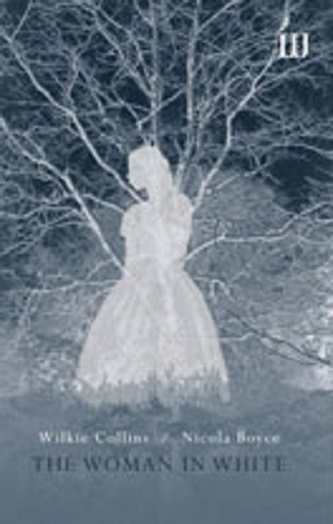
" in a genre invented by Collins and not by Poe. Eliot called it "the first, the longest, and the best of modern English detective novels. 'The Moonstone', is seen by many as the first true detective novel T.

The 1860s saw Collins' creative high-point, and it was during this decade that he achieved fame and critical acclaim, with his four major novels, 'The Woman in White' (1860), 'No Name' (1862), 'Armadale' (1866) and 'The Moonstone' (1868). It was in 1848, a year after the death of his father, that he published his first book, 'The Memoirs of the Life of William Collins, Esq., R.A'., to good reviews. In 1846, Collins became a law student at Lincoln's Inn, and was called to the bar in 1851, although he never practised. Returning to England, Collins attended Cole's boarding school, and completed his education in 1841, after which he was apprenticed to the tea merchants Antrobus & Co. However, there is still much to be discovered about this superstar of Victorian fiction.īorn in Marylebone, London in 1824, Collins' family enrolled him at the Maida Hill Academy in 1835, but then took him to France and Italy with them between 18. He is studied widely new film, television, and radio versions of some of his books have been made and all of his letters have been published. Most of his books are in print, and all are now in e-text. Now, Collins is being given more critical and popular attention than he has received for 50 years. But after his death, his reputation declined as Dickens' bloomed. Included in this edition are appendices on theatrical adaptations of the novel and its serialisation history.Ī close friend of Charles Dickens from their meeting in March 1851 until Dickens' death in June 1870, William Wilkie Collins was one of the best known, best loved, and, for a time, best paid of Victorian fiction writers. Matthew Sweet's introduction explores the phenomenon of Victorian 'sensation' fiction, and discusses Wilkie Collins's biographical and societal influences.

Pursuing questions of identity and insanity along the paths and corridors of English country houses and the madhouse, The Woman in White is the first and most influential of the Victorian genre that combined Gothic horror with psychological realism. Engaged as a drawing master to the beautiful Laura Fairlie, Walter becomes embroiled in the sinister intrigues of Sir Percival Glyde and his 'charming' friend Count Fosco, who has a taste for white mice, vanilla bonbons, and poison. The Woman in White famously opens with Walter Hartright's eerie encounter on a moonlit London road. There, as if it had that moment sprung out of the earth, stood the figure of a solitary Woman, dressed from head to foot in white'

'In one moment, every drop of blood in my body was brought to a stop.


 0 kommentar(er)
0 kommentar(er)
